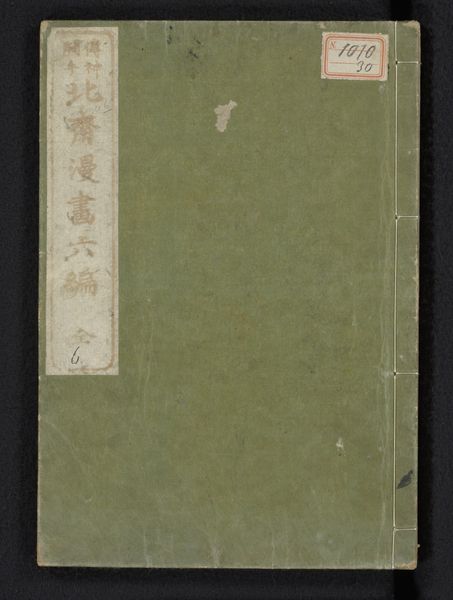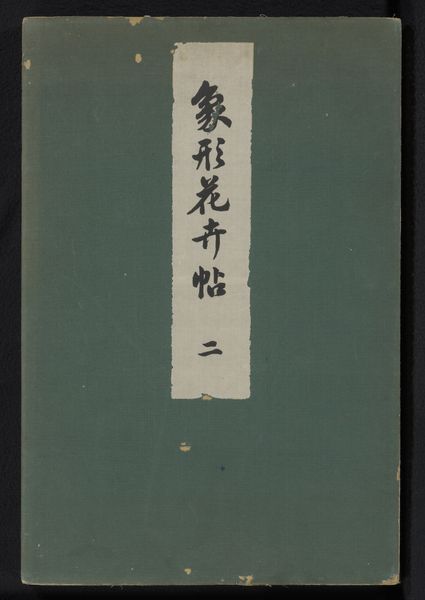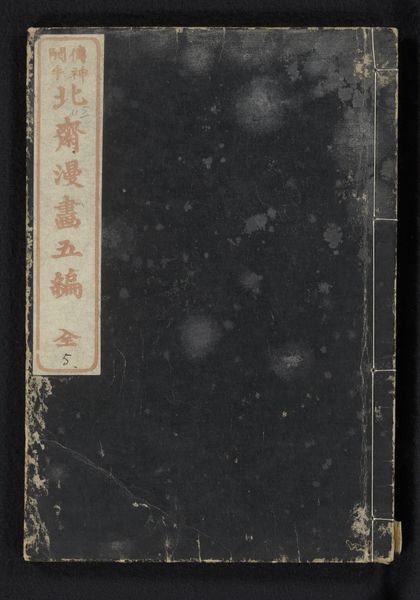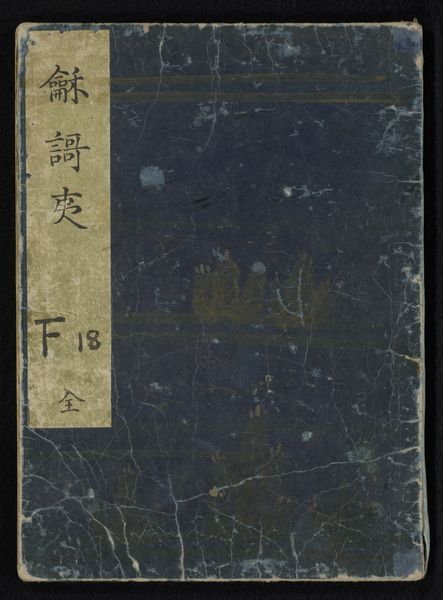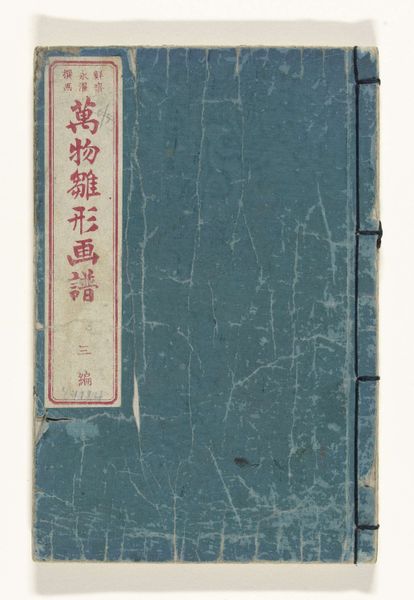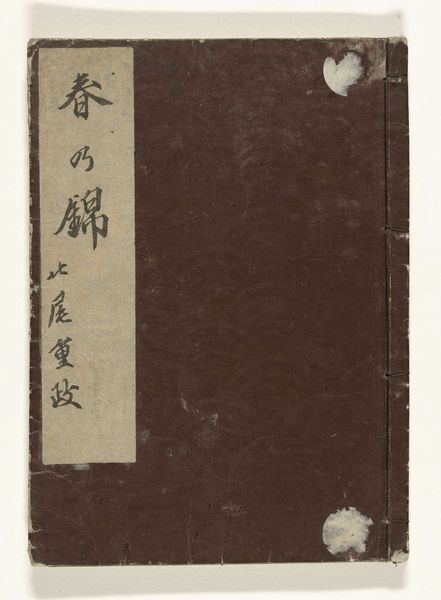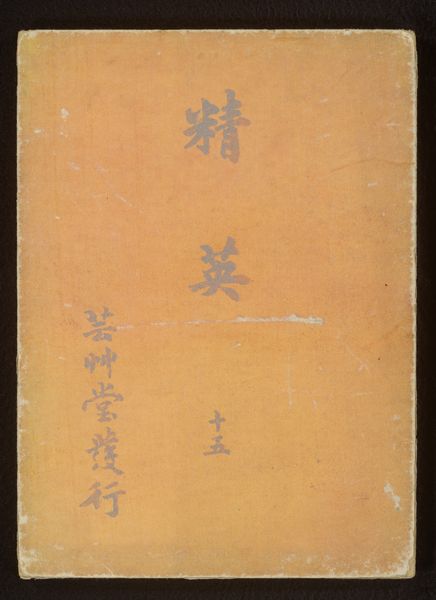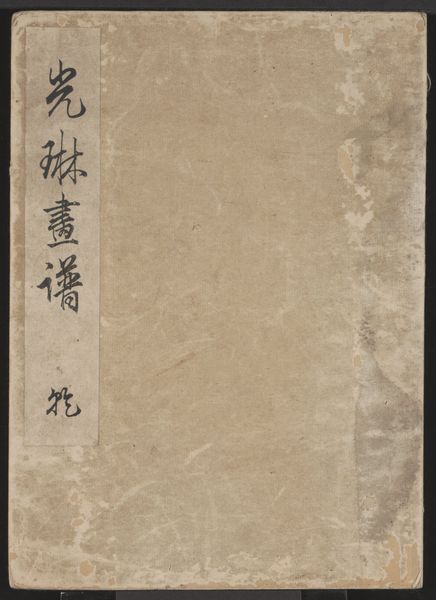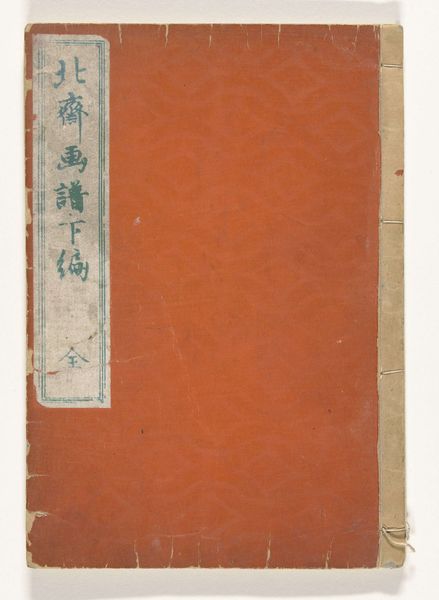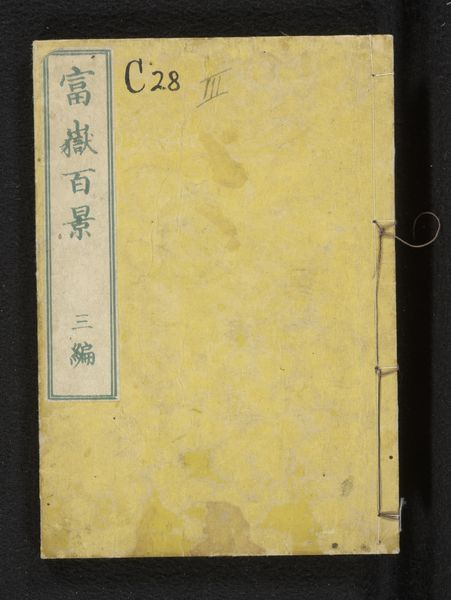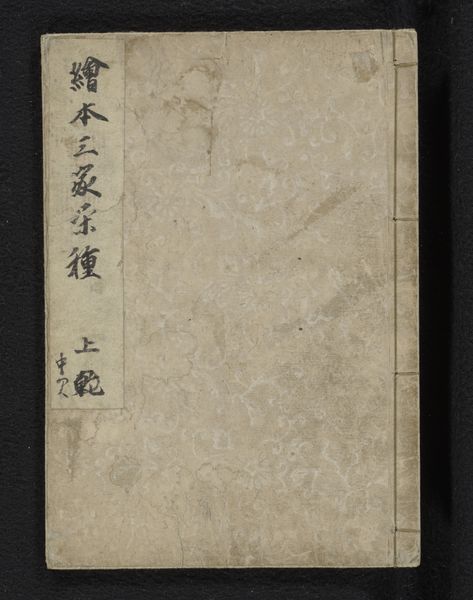
drawing, graphic-art, print, paper
#
drawing
#
graphic-art
# print
#
asian-art
#
paper
#
calligraphy
Dimensions: height 229 mm, width 154 mm
Copyright: Rijks Museum: Open Domain
Editor: This is “Model for Haiga Drawings” by Nakamura Fusetsu, created in 1909. It’s a print on paper, currently held at the Rijksmuseum. It has a worn quality. What can you tell me about this drawing? Curator: Well, consider the term 'haiga' itself. It signifies a convergence of poetry and image, deeply rooted in Zen Buddhism and its emphasis on minimalist expression. In that context, we can explore Fusetsu's role as a figure navigating the shifting socio-political currents of early 20th-century Japan, where traditional art forms were being re-evaluated amidst modernization. How does this awareness shift your perspective on the work's apparent simplicity? Editor: It makes me think about the push and pull between tradition and modernity in Japan at that time. Was Fusetsu consciously making a statement through his art? Curator: Absolutely. Artists were then reckoning with questions of national identity and cultural preservation. This book can be seen as an assertion of cultural heritage, a reminder of the power of artistic expression and literary tradition in the face of sweeping societal changes. Does this reading resonate with your initial sense of the work's mood? Editor: Yes, definitely. The simplicity now feels like a deliberate choice, emphasizing core values in a changing world. Curator: Precisely. And notice the imperfections – the faded cover, the visible binding. It is itself a symbol of perseverance and resilience. It quietly resists erasure. This resonates with broader feminist critiques, where care and value is assigned to the aged. Editor: This has given me a much deeper appreciation. Thanks for illuminating the multiple layers of meaning embedded in this seemingly simple work! Curator: It was my pleasure! Remember, art history isn't just about dates and styles, it is fundamentally a means to engage in critical discussions.
Comments
No comments
Be the first to comment and join the conversation on the ultimate creative platform.
